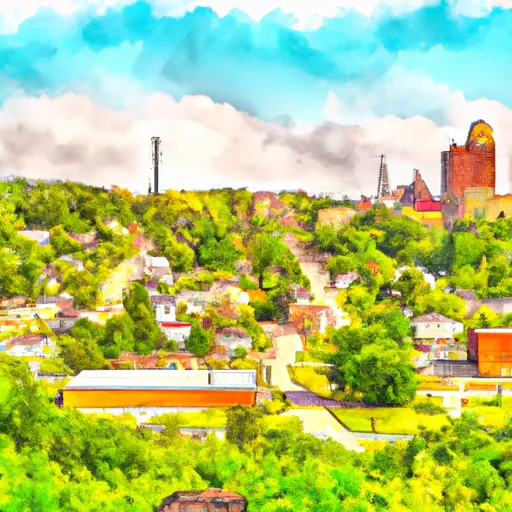°F
°F
mph
Windspeed
%
Humidity











Negley, Ohio is a small village located in Columbiana County in northeastern Ohio. The climate in Negley is classified as humid continental, characterized by four distinct seasons. Summers are warm with temperatures ranging from the mid-70s to high 80s (°F), while winters are cold with temperatures dropping to the mid-20s to low 30s (°F). Annual precipitation averages around 40 inches, evenly distributed throughout the year.
Hydrology constituents in Negley primarily revolve around its proximity to the Little Beaver Creek, a tributary of the Beaver River. The region is known for its abundant water resources, with numerous streams, creeks, and small lakes dotting the landscape. These water bodies provide opportunities for fishing, kayaking, and canoeing.
Outdoor recreation enthusiasts in Negley will find plenty of activities to engage in. The nearby Beaver Creek State Park offers hiking trails, camping grounds, and a variety of water-based activities on the Little Beaver Creek. The area is also known for its picturesque scenery, making it a great spot for nature photography and birdwatching. Overall, Negley provides a serene environment for individuals seeking outdoor adventures and peaceful natural surroundings.
Weather Forecast
Negley receives approximately 999mm of rain per year, with humidity levels near 81% and air temperatures averaging around 10°C. Negley has a plant hardyness factor of 6, meaning plants and agriculture in this region thrive during a short period during spring and early summer. Most plants will die off during the colder winter months.
Regional Streamflow Levels
66
Cubic Feet Per Second
15
Cubic Feet Per Second
225
Cubic Feet Per Second
24
Cubic Feet Per Second
Nearby Camping
| Camping Area | Reservations | Toilets | Showers |
|---|---|---|---|
| Pymatuning State Park | |||
| Shenango | |||
| Tomlinson Run State Park | |||
| Tuttle - Pymatuning State Park | |||
| Beaver Creek State Park | |||
| Jamestown - Pymatuning State Park |



